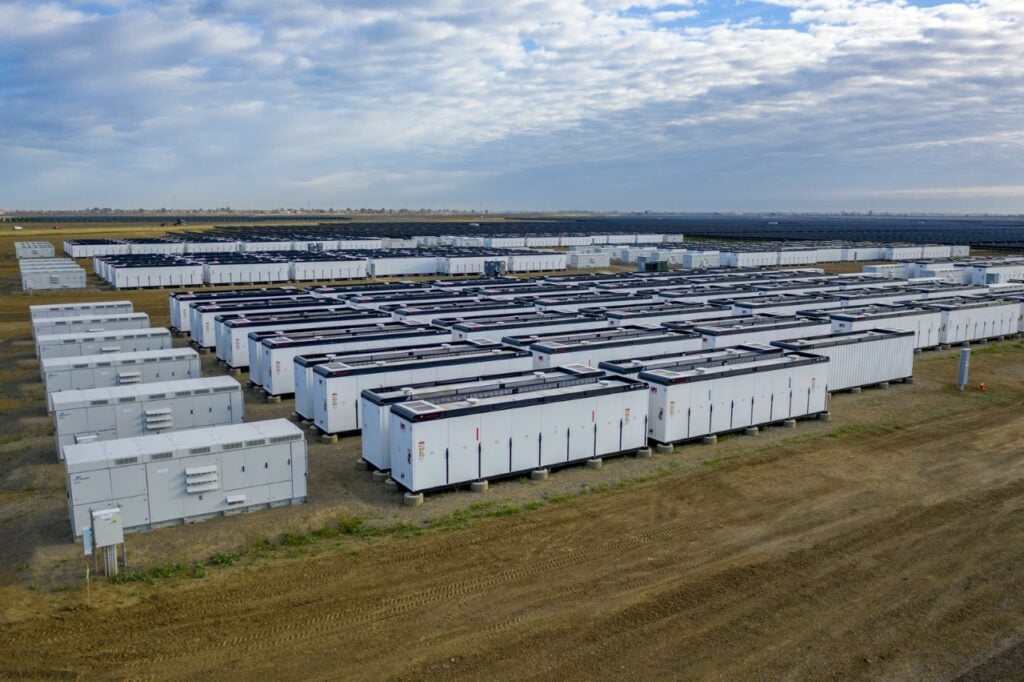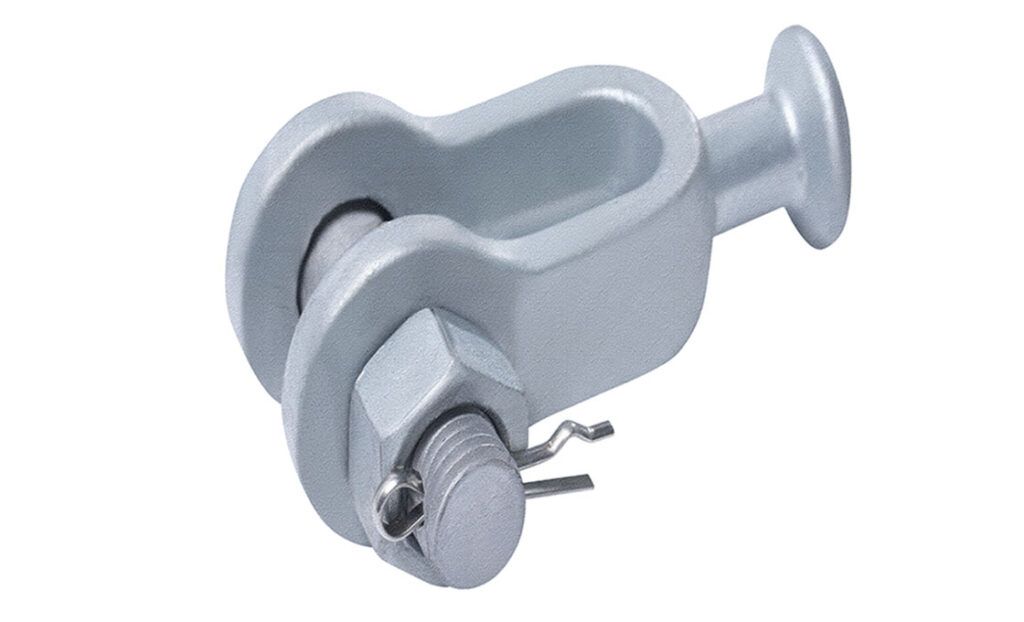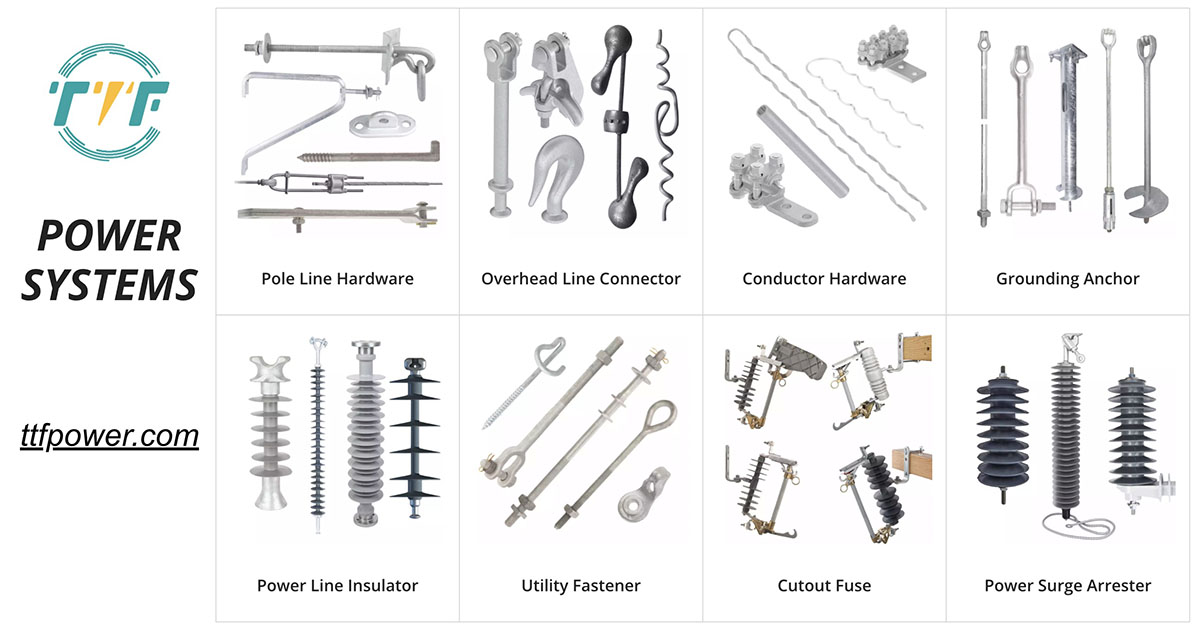
Verano Energy recently signed a 15-year power purchase agreement to support its 83 MW Domeyko solar project. The project will have a 660 MWh battery storage system in Chile. This development has the opportunity to position Chile as a leader in clean energy adoption in South America. The project combines solar PV technology with energy storage systems. The solar component will generate electricity from sunlight while the storage system will store excess energy for use during low production periods. Energy storage systems help balance supply and demand to reduce the risk of blackouts and improve grid reliability. The storage allows better integration of solar energy into the grid and reduces the emissions of greenhouse gas. The project also serves as a model for other countries to enhance their renewable energy capacity and achieve climate goals. A ball clevis connects strain clamps, insulator strings, and conductors to ensure mechanical stability.
Large-scale solar farms in Chile’s Atacama Desert face extreme weather conditions such as strong winds and temperature fluctuations. A high-quality ball clevis provides a secure and flexible connection to allow movements in environmental stresses. It also serves in battery storage systems to help them handle fluctuations in power flow. The ball clevis serves in substations and transmission networks that connect the BESS to the grid. This helps to ensure efficient energy transfer while reducing mechanical strain. The clevis also provides a durable and corrosion-resistant connection and reduces the need for frequent maintenance. Ball clevises enhance electrical transmission reliability, support structural integrity, and cut maintenance needs.
Barriers to using a ball clevis in solar-storage projects
A ball clevis is essential for securing insulator assemblies in solar-plus-storage projects in Chile. It however, faces challenges arising from environmental stress, seismic risks, remote locations, and compatibility issues. Proper material selection, frequent inspections, and adherence to national grid standards can help overcome these challenges and ensure durability.
Functions of a ball clevis in solar and storage projects in Chile
A ball clevis is a mechanical component used in the construction and installation of solar and storage projects. It ensures the structural integrity, stability, and functionality of solar panel mounting systems and other infrastructure. The use of ball clevises supports the safe and effective deployment of renewable energy infrastructure. Discussed below are the common functions of ball clevises in solar and storage project development.

- Structural support for solar panels—a ball clevis connects and secures components of solar panel mounting systems. It allows adjustable and flexible connections to ensure solar panels are properly aligned and securely mounted.
- Load distribution—solar panel arrays and storage systems face snow, wind, and seismic activities. The ball clevis distributed the mechanical loads evenly across the mounting systems and reduced stress on individual components.
- Adjustability—the clevis allows angular movements, which is crucial for optimizing the tilt and orientation for solar panels.
- Ease of installation—the design of the ball clevis simplifies the assembly process and enables faster and more efficient installation of solar panel arrays. It eases maintenance and repairs by allowing easy disassembly and reassembly of components.
- Supporting energy storage infrastructure—the ball clevis serves in the construction of storage system enclosures or mounting structures for battery units. It provides stability and alignment for the components and ensures the safe and efficient operation of the storage system.
Importance of the Verano solar-plus-storage project in Chile’s renewable energy sector
This project is significant in Chile and reflects the broader trends in the global transition to clean energy. It supports the clean energy transition goals and addresses challenges like intermittency, grid stability, and energy security. TTF is a world-class global provider of high quality overhead line hardware, transmission hardware, distribution hardware, conductors, insulators, cutout switches, anchoring and grounding products. The following are the importance of solar-plus-storage projects in Chile’s energy sector.

- Advancing Chile’s renewable energy goals—the country aims to generate 70% of electricity from renewable energy. The 83 MW of solar capacity paired with energy storage contributes to achieving carbon neutrality by 2050. This is by increasing the share of clean energy in the national grid.
- Reducing reliance on fossil fuels—the Verano project reduces the need for fossil fuel-based power generation. It also enhances energy security and reduces greenhouse gas emissions.
- Meeting industrial demand for clean energy—many corporations and industries in Chile are committing to sustainability goals and seeking clean energy solutions. The Verano project provides a reliable source of renewable energy to meet its growing demand.
- Demonstrating the viability of solar-plus-storage, the project serves as a model for other solar-plus-storage initiatives in the region. It highlights the potential for similar projects in the region with high solar potential and limited grid infrastructure.
